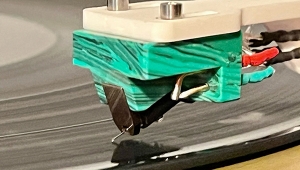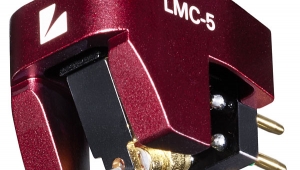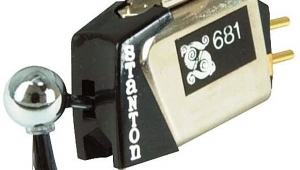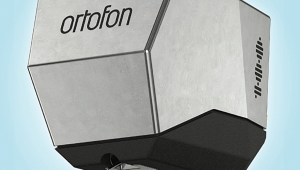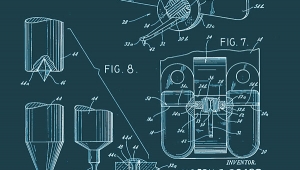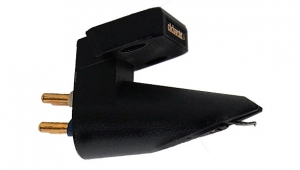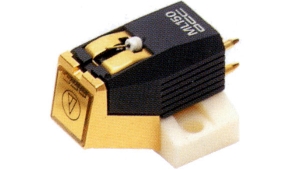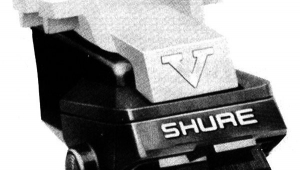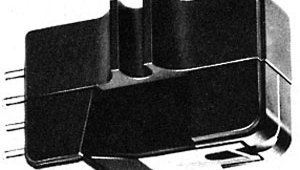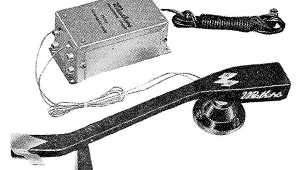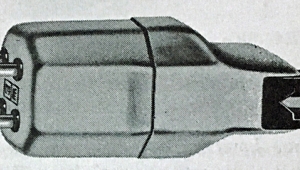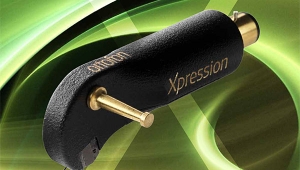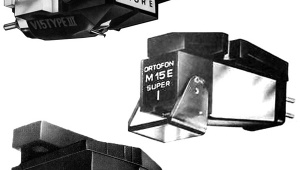| Columns Retired Columns & Blogs |
Linn Akiva MC phono cartridge Michael Fremer November 2003
Michael Fremer wrote about the Akiva in November 2003 (Vol.26 No.11):
Linn's mum about the provenance of the $2995 Akiva cartridge, but I suspect Lyra (formerly known as Scan-Tech), who manufactured Linn's earlier Arkiv cartridge. The three-screw mounting system (now also used by Rega) makes installation and alignment of the Akiva's rigid alloy body foolproof. The Akiva has a ceramic-coated boron cantilever and a line-contact stylus. Its output is 0.4mV (1kHz at 3.54cm/s); Linn recommends loading with a minimum of 50 ohms and using a tracking force of 1.6-1.9gm. Mine was set for the 1.9gm maximum.
The Linn Akiva cartridge is priced craftily at $2950, where there's a hole in the Lyra line: there's nothing between the $2000 Helikon and the $5000 Titan. Though now wearing a Wardrobe by Linn, the Akiva has many telltale Lyra family attributes, both physical and, definitely, sonic. I'm not sure that the Akiva is a Lyra—I'm just guessing in public...
I don't expect enormous timbral differences between analog front-end systems costing around $10,000—especially when the cartridges are made by the same company, as I suspect these were. That was the case during my comparisons, but there were some sonic differences that remained constant as the records changed. One of these had to do with the dynamic differences I usually hear when comparing suspended and rigidly mounted turntables. The analogsourcereviews/1103linn">Linn system consistently sounded ever so slightly soft compared to the Simon Yorke. The difference was so subtle that it wasn't apparent except through a direct A/B comparison. Even then, they seemed like adversaries standing directly to either side of an artificially drawn border—which side I might prefer to join was simply a matter of taste. Jimmy D. Lane's acoustic guitar on Rock With Me Baby sounded wonderfully lush and woody via the Linn, somewhat more wiry and percussive via the Yorke. Same guitar, slightly different tonal and spatial presentations.
When I first heard the original Graham tonearm years ago, back when I'd not yet heard a top-performing arm in my system, I heard spatial details carved out as never before—I could especially sense the isolation booth in which Joni Mitchell recorded her vocals for Court and Spark. The biggest differences I heard during the Linn A/B sessions involved image focus, spatial context, and bass dynamics. There's a positively holographic cowbell on "Misunderstood," from Rough Mix. It sounded convincing on both rigs, but on the Yorke it stood out from the reverb with greater relief, and "popped" in 3D; it was a bit more subdued via the Linn. Through the Yorke system, Little Hatch's voice hovered convincingly farther forward in the mix, and was somewhat better focused.
When I played the Cat Power album for the first time on the Yorke, after having first gotten to know it on the Linn, I was surprised by how the subtle differences delivered a very different experience: less of a musically cohesive whole, but far more time and space detail. Background vocals that I knew well now had specific places from which they were being sung, the background singers assuming more compelling personal identities. So did Chan Marshall herself. I was able to "see" her more clearly and intimately, perhaps somewhat at the expense of the musical whole.
Another consistently noted difference was the Linn's more open sound on top. There was a slight bit of rise to the top end that didn't result in brightness per se, but in an exaggeration of noise within the source, such as tape hiss.—Michael Fremer
- Log in or register to post comments
